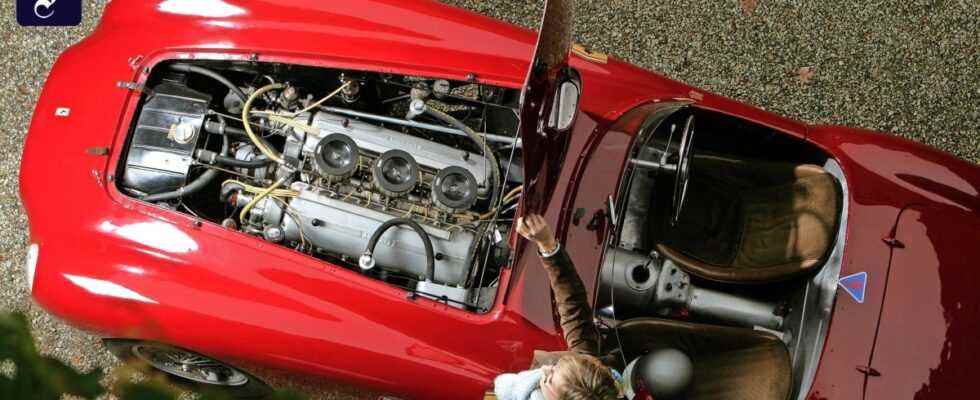Pitem six on the agenda is a tough one. It extends far beyond the period of time that the MEPs are supposed to be dealing with in the plenary earlier this week when they are discussing key parts of the Fit-for-55 package, the climate-damaging CO2-Reduce emissions by 2030. But the directive on new CO. proposed by the EU Commission and already approved by the Environment Committee2-Limits for cars and vans contains a short passage that forces the definitive farewell to the internal combustion engine. From January 1, 2035, an EU-wide fleet target value will apply “corresponding to a reduction of the target for 2021 by 100%”. The same applies to the limit values for light commercial vehicles.
If this part of the directive passes the vote scheduled for next Thursday without any changes, it will have far-reaching consequences, not just for drivers and vehicle manufacturers, but for the entire energy system. Even synthetic fuels, such as those Porsche wants to use for the 911, no longer have a future. Because only the CO count for the fleet target value2-Emissions that a vehicle emits during operation. This also applies if the carbon required for fuel production is previously separated from the air.
Anyone who buys a new car after the deadline has no alternative to an electric drive, although the battery could be supplemented by a hydrogen-powered fuel cell – if the latter has found its way into the car by then. This is because emissions caused by power generation in fossil power plants are not taken into account in the EU system. The electric car is always included in the calculation of the fleet values as zero. The same applies to hydrogen, even if it is reformed from natural gas.
Even at BMW there were still many critical voices
There are understandable reasons why calculations are made in this way in the European Union. When, in 2009, after the financial crisis, fleet emissions were regulated in a binding manner for the first time, hardly anyone believed that electromobility could achieve a rapid breakthrough. Even at the electric pioneer BMW, where the development of the i3 had already started, there were still many critical voices. Energy in the transport sector was based exclusively on mineral oil, and so climate protection consisted of gradually reducing its consumption. For example, for 2015 a fleet limit of 130 grams of CO2 per kilometer, which fell to 95 grams per kilometer by 2020. The result was initially a boost in innovation in engine development. Small three- and four-cylinder engines with high specific power should solve the problem in the middle class. Everything that is good and expensive found its way into the luxury class: high-pressure injection, variable valve control, two-stage charging systems and, last but not least, the first hybrid systems that electrically supported the combustion engine.
Wednesdays at 12 p.m
SIGN IN
All the trouble in vain. After the diesel scandal uncovered in 2015, the mood shifted not only in politics but also in industry. The electric drive was considered the only future technology, the development budgets for combustion engines were reduced step by step, and the car manufacturers began to define phase-out dates – which usually only mean the European market. The providers are thus following the logic that the legislator stipulated by setting electric cars at zero or even counting them multiple times. Thomas Koch from the Karlsruhe Institute of Technology has been railing against this for a long time. On the occasion of the forthcoming decision of the European Parliament, he organized a letter from more than 200 experts accusing politicians of a gross miscalculation. Because the additional consumption of electricity caused by electric cars must be completely covered by fossil power plants, unless generation plants are built to the same extent. Accordingly, even the calculation method used in many studies with a CO2-Average value per kilowatt hour not legitimate.
